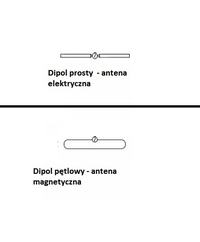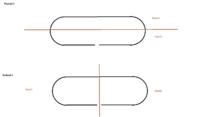Where in Wikipedia?
And you don't grace to look for yourself? Wikipedia: EN: Antenna (radio) - to the right of the table of contents.
But should it be "signal strength" correctly ??
"Signal strength" is a valid term for example in physics and radio engineering. But "signal strength" is also a valid term in several areas.
You entered in English. Correct what I said before and it will probably be ok.
It means that there is a mistake on Wikipedia: saying that all dipole antennas are electric antennas ??
It's a matter of agreement on the meaning of the words. I recommend following the encyclopedia or Wikipedia.
[i] And with this focusing of the signal, which I compared to the approach of a magnet, I understand it well ??] / i]
I was writing: roughly In a good direction. To understand well, you need a lot of your own work and time (probably a couple of years) because of the barriers in your mind.
And you don't grace to look for yourself? Wikipedia: EN: Antenna (radio) - to the right of the table of contents.
But should it be "signal strength" correctly ??
"Signal strength" is a valid term for example in physics and radio engineering. But "signal strength" is also a valid term in several areas.
You entered in English. Correct what I said before and it will probably be ok.
It means that there is a mistake on Wikipedia: saying that all dipole antennas are electric antennas ??
It's a matter of agreement on the meaning of the words. I recommend following the encyclopedia or Wikipedia.
[i] And with this focusing of the signal, which I compared to the approach of a magnet, I understand it well ??] / i]
I was writing: roughly In a good direction. To understand well, you need a lot of your own work and time (probably a couple of years) because of the barriers in your mind.




